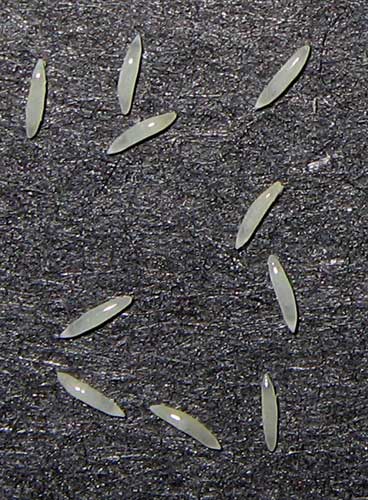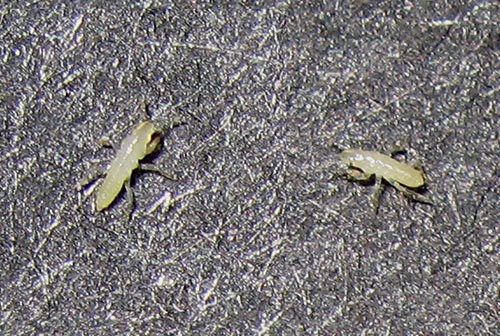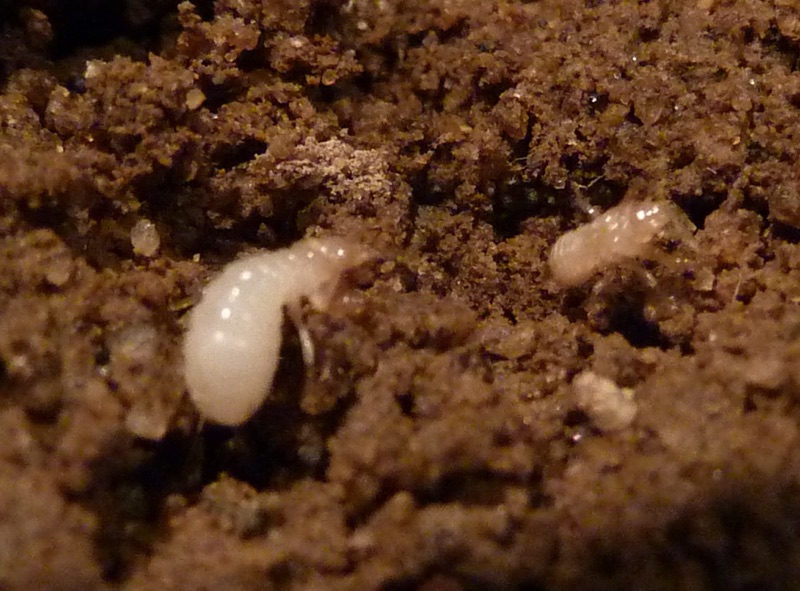Fact: Magicicadas can have blue and white eyes!
They’re very rare, but some Magicicadas can have blue or white eyes. Take a picture if you find one! Besides red, orange, white and blue, you might also find a magicicada with cream, yellow or tan eyes.
Fact: There is a wasp called the Cicada Killer Wasp
Can you guess why the Cicada Killer Wasp is called a cicada killer? They’re big wasps, but they’d rather sting a cicada than you. Read more about the Cicada Killer Wasp.
Fact: Cicadas don’t eat like people do, they drink tree fluids instead
Whether they’re in the ground on a root, or on a tree limb, cicadas drink tree fluids called xylem sap to stay nourished. They drink they fluid using their beak, also called a rostrum — it looks like a straw!
Fact: Magicicadas won’t appear everywhere
Even though the maps at the top of the page might suggest there are Magicicadas in your area, you might not find them on your property.
Here’s some reasons why:
- You live in a new development, and the cicadas were killed when your neighborhood was built.
- Too many pesticides.
- There’s no large deciduous trees (like maples and oaks) in your neighborhood.
- There simply aren’t any.
If none turn up in your yard, don’t give up hope:
- Check local parks and forest preserves.
- Ask some friends and family if they’ve seen some. Cicada networking!
- Check your local news papers.
They’re out there, you just might have to travel a bit to see them.




